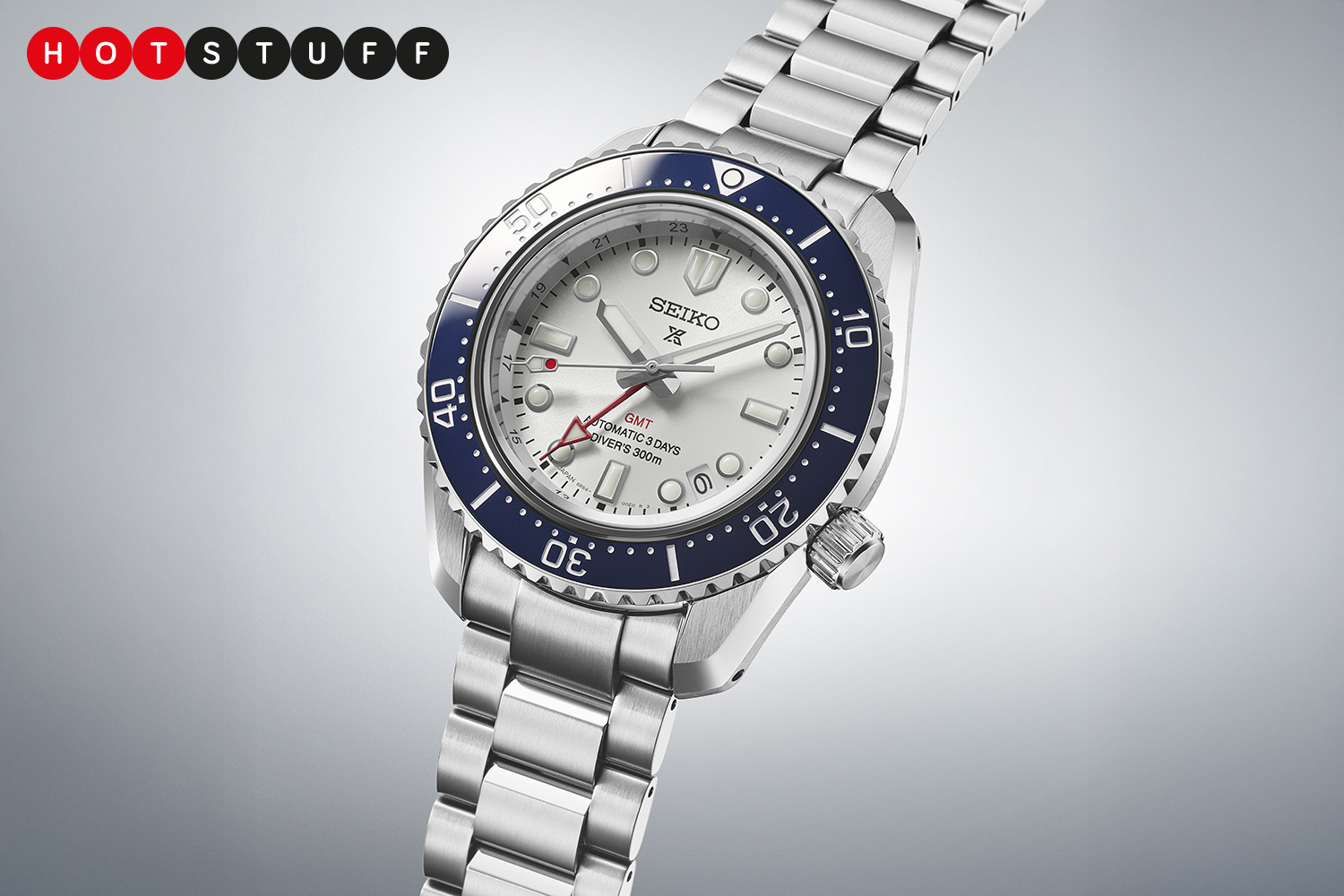Shopping for a new smartwatch or fitness tracker but confused by ATM ratings? This handy guide will help you.
Most of the best smartwatches, including Apple Watches and even cheap smartwatches will sport an ATM rating of some sort, which explains how water resistant it actually is.
We explain what an ATM water resistance represents in a device, the different levels of protection available and what protection level you really need for your intended use.
What does ATM water resistance mean?
An abbreviation of atmosphere, essentially an ATM rating reflects the water resistance level of many devices, including smartwatches and fitness trackers, and dictates the amount of pressure it can withstand underwater.
Similar to IP ratings found on smartphones and speakers, an ATM rating uses numbers to convey its water resistance, with the higher the number meaning the device in question can withstand greater amounts of pressure underwater.
For every 10m of depth a device can withstand under water, it is granted 1ATM. This means that a 1ATM rating is equal to 10m in depth, 3ATM equates to 30m while 5ATM offers 50m, and so on.
The official scale ranges from just 1ATM up to 30ATM, with all criteria and test conditions determined by the International Organisation for Standardisation in ISO 22810.
| ATM Rating | Water Depth Pressure Protection | Protected against |
| 1 ATM | Can withstand depths of up to 10m (33ft) | Wet weather conditions and splashes |
| 3 ATM | Can withstand depths of up to 30m (98ft) | Wet weather conditions, splashes, accidental submersion and showering |
| 5 ATM | Can withstand depths of up to 50m (164ft) | Wet weather conditions, splashing, accidental submersion, showering, surface swimming, shallow snorkelling |
| 10 ATM | Can withstand depths of up to 10m (328ft) | Wet weather conditions, splashing, accidental submersion, showering, swimming and snorkelling |
| 20 ATM | Can withstand depths of up to 200m (656ft) | Wet weather conditions, splashing, accidental submersion, showering, swimming, snorkelling, surface diving and water sports |
3ATM water resistance meaning
A 3ATM rating essentially means the device in question can withstand pressure in up to 30m of water.
What can I do with 3 ATM water resistant watches?
Although its 30m maximum may sound impressive, a 3 ATM water resistant watch is fairly limited in what you can do with it. At its most basic, 3 ATM can cope with water splashes, rain showers and snow, plus you can shower while wearing the watch too. However, it is not advisable to jump into water or swim with it on.
5ATM water resistance meaning
Found in many of the best cheap smartwatches, such as the Apple Watch SE 2 and Fitbit Charge 6, a 5ATM rating allows for pressure in up to 50m of water.

What can I do with 5 ATM water resistant watches?
A 5 ATM-rated watch offers slightly more durability than a 3 ATM, not only withstanding splashes and wet weather conditions but also it’s suitable for wearing while swimming and even snorkelling too.
10ATM water resistance meaning
Found in more premium smartwatches such as the Samsung Galaxy Ultra, a 10ATM water resistance rating in meters is up to a whopping 100m of pressure.


What can I do with 10 ATM water resistant watches?
Essentially, a 10ATM-rated device can withstand all of the qualities found in both 3ATM and 5ATM, allowing for showering, swimming and snorkelling alongside use when taking part in high-speed water sports too.
What ATM water resistance rating can I swim with?
The minimum ATM rating that you can swim with is 5ATM, which allows for up to 50m of pressure.
Can I scuba dive with a high ATM water resistance rating?
It is recommended that to safely scuba dive, without risking much harm to your smartwatch, you need at least a 20ATM water resistance rating, which offers protection for up to 200m of water. Having said that, this rating is widely considered as the “minimum” rating for scuba diving, so make sure to check how deep you plan on going.











